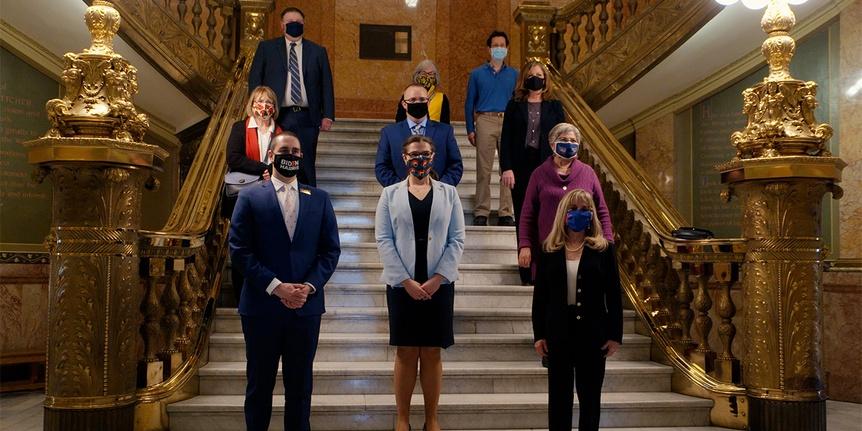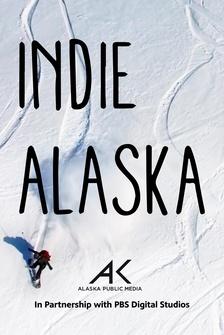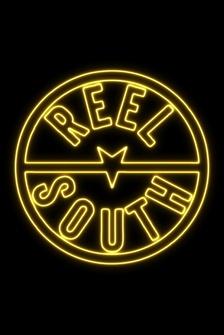American universities need to rethink their admissions process.
Should SATs be optional?
The SAT/ACT haters might have it all wrong.
Do you need that SAT for college admission?
So all of these headlines are about the same exact topic, but which articles are hard news and which are opinions?
If you can't tell, you're certainly not alone.
A 2018 survey found that only about one in four Americans could generally identify a factual news statement, and only about one out of three could identify opinion statements.
And it might be getting worse.
In the last couple of decades, there's been more blurring of the line between fact and opinion, especially online, and increasing disagreement about what is an objective fact.
It's gotten to the level where even former President Barack Obama weighed in on this issue.
- How do we get back to the point where, you can have opinions, we all do, but facts matter and proof matters?
- How did our news get so opinionated anyway, and what can we do about it?
Let's turn to history to find out.
And stick around to see how you do at identifying which articles are opinion.
(upbeat music) Before we dig in, it's important to understand the difference between opinion articles and fake news.
Fake news is verifiably not true.
It's misinformation and you can disprove it with evidence.
Opinion articles are different.
They usually include facts and factual reporting, but they also try to sway or persuade the audience with values or belief statements.
And having opinions in the news is an old tradition.
If you think today's media is biased, you should go back to the 1700s.
The American newspaper industry was actually built on partisanship and opinion.
Seriously.
(film clacking) (upbeat marching music) It all started in colonial times, when newspapers wanted to get readers to accept their ideas.
Take Benjamin Franklin, whose newspaper, "The Pennsylvania Gazette", mostly included Ben's personal opinions about politics and science.
Then there was "The Gazette of the United States", partially funded by Alexander Hamilton.
It featured the written work of leaders, such as George Washington and John Adams, and helped get the Federalist Party's agendas in front of the public.
In the early 1800s, "The National Intelligencer" was the first newspaper that truly formalized this partisan role.
It was the quasi-official newspaper of both James Madison's and James Monroe's administrations, offering favorable coverage and even direct messages from the president.
Just because this was normal and acceptable, though, doesn't mean it didn't sometimes cause controversy.
(upbeat music) In the 1820s, a scandal broke out about Andrew Jackson.
The hot goss was based on an old story about how Jackson had married a woman before her divorce was final.
Newspapers opposed to Jackson told tales of scandal, seduction and adultery, while supportive papers claimed his innocence, asking people not to invade his privacy.
It was like a rap battle, but very, very slowly and in newspaper form.
Most readers of the time probably understood what was going on.
They knew newspapers were trying to sway them.
And it's not like the truth was suppressed, it's just that, as historian Mark Wahlgren Summers said, "It was simply hard to get in any one place."
But why were there opinions in newspapers to begin with?
It's the age-old reason, money.
Political parties often served as financial supporters, and without them, the newspaper might not survive.
But money also motivated the news to become more objective.
As newspaper budgets outgrew what political parties could pay, they had to look for new revenue streams, and the biggest one was advertisements.
(film clacking) (upbeat music) Department stores and retailers were able to pay premium rates for ads.
But these businesses wanted to have bigger reach than just one political party.
They didn't wanna alienate potential customers, (record scratching) I mean readers, with partisan rhetoric.
(upbeat music) There were other factors that played a role, including the development of journalism schools and press organizations that pushed for objectivity.
It actually became a selling point to have editorial independence.
But even then, newspaper owners and publishers still wanted to have some sway over public opinion.
This led to editorial pages.
Horace Greeley, the founder of "The New-York Tribune", first started the editorial page in 1841 when he designed a newspaper with a space clearly dedicated to opinions.
Then at the turn of the 20th century, newspapers began operating editorial boards.
Eventually, these boards would evolve to bring in expert journalism writers from different fields to draft opinion essays on topics of their choice.
The newspaper's board, including the owner and publisher, would vote on whether the essay was published and it would represent the official opinion of the newspaper.
You see this today in many forms, like when newspapers endorse a presidential candidate.
Another big development came in 1970 when the first op-ed was published in "The New York Times".
Op-ed is not short for opinion editorial, which is what you might think.
It actually comes from the phrase opposite of the editorial page.
This was the physical place in the newspaper where you could find opinion articles.
When the first op-eds came out, they sparked both controversy and fervor, but they were instantly popular and other newspapers soon copied the format.
By the way, the term op-ed might not be around much longer.
Because so many people consume their news online, it no longer makes sense to call something opposite of the editorial page, but whatever you name them, opinion articles live on.
(upbeat music) And with the internet and social media, it's becoming harder and harder to tell when something is factual or trying to sway you.
You can easily see a headline or click a link without knowing whether what you're about to read is opinion or hard news.
- Good evening, I'm David Walker.
- And I'm Lois Hart.
Now here's the news.
President Carter has arrived in Fort Wayne, Indiana.
- The rise of cable and 24-hour networks have further complicated this.
Shows with hosts, like Tucker Carlson, Bill O'Reilly, Rachel Maddow, Joy Reid, and John Stewart, a news comedian, are often seen as voices of fact, even when they're expressing a viewpoint.
At the same time, the tone of the news has changed.
A study found that around the year 2000, print, television, and online news sources shifted from a more neutral and academic style to a heavier focus on storytelling, personal perspective, and emotion.
So what's the solution to separating opinion from fact?
Should we just ditch opinions altogether?
Not necessarily.
Opinionated news can be a useful and powerful way to create conversation and shape public discussion.
Fortunately, news and educational organizations have been developing frameworks to help people tell the difference between opinion and fact.
For example, PBS has a wide range of resources for younger generations at different grade levels.
- Fact or opinion?
- Some traditional news organizations offer explainers to help readers distinguish between fact and opinion-based news.
- [Announcer] At "The Wall Street Journal", there's a firm line between news and opinion.
- And on many reputable news websites, you can check how an article is labeled or look at the author byline to see if it's marked as an opinion.
From there, though, it's up to you to fact check and verify before making any decisions.
And if you're wondering about those headlines at the top, yeah, only one of them is labeled as opinion, from "The New York Times".
So I guess it really is getting harder to tell the difference.
If you wanna see a news organization in action trying to tell important stories and get the facts right, check out the documentary "Breaking the News" on the PBS app.
What about you?
Can you always tell when something's an opinion and do you think fake news messes this up?
Let us know down in the comments.
(upbeat music)










